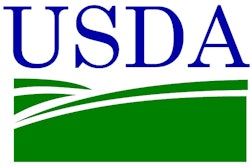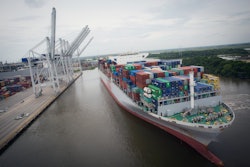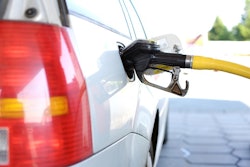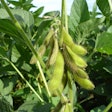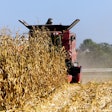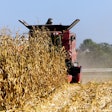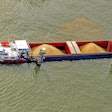To understand the connection between propane supply and grain transportation demand, it is first vital to understand propane’s role in corn production.
Before storing or transporting harvested corn, farmers will often remove excess moisture with grain dryers.
Historically, the most widely used and cost-effective fuel option for grain dryers has been propane. However, especially in times of high propane demand, disruptions in propane availability can delay drying and affect the supply of corn.
In general, higher propane demand leads to higher propane prices, which in turn, increase drying costs and reduce farmers’ margins.
During a propane shortage, propane prices can spike, and the resulting corn-supply disruptions can weaken the short-term demand for corn transportation — the next link in the corn supply chain. Thus, input costs such as propane may factor heavily into farmers’ decisions about transportation spending.
Midwest Propane Shortage of 2019: The Perfect Storm
The Midwest propane shortage of 2019 unleashed a “perfect storm” of cascading effects. In the spring of 2019, flooding delayed the Midwest crop harvest by three to four weeks, and a wetter than normal crop raised the demand for propane.
Later in the season, this demand was compounded by the demand for fueling winter space heating.
The resulting surge in propane demand delayed corn drying and led to a fourth-quarter decrease in Midwest propane stocks o f 7.4 million barrels, versus the previous 5-year average fourth-quarter decrease of 5.3 million barrels.
However, unlike 2013 and 2014 when there was a general supply shortage of propane, the winter of 2019 saw a national propane inventory that actually exceeded the 5-year average.
The problem lay with the distribution and transportation of propane. First, the current small pipeline diameters could not quickly transport the large volumes of propane needed. Second, safety regulations restricted the quantities that could ship from supply points.
Third, during peak harvest season (and peak propane demand) in the Midwest, a November 19-27 strike by Canadian National Railway workers stopped propane shipments from Western Canada.
This one-week delay in shipments prevented Midwest retailers from restocking local propane inventories that were already depleted from harvest-related use.
As a result of all this turmoil, propane’s retail price increased from $1.39 to $1.65 in the fourth quarter, exceeding the 5-year average increase by 10 cents.
However, as of last week, propane prices had fallen to $1.61, which is below the same week last year and in 2013 and 2014.
Some farmers had to look beyond their usual local elevators, which were short on propane and on receiving capacity. Seeking more distant elevators added to their transport costs. For example, the truck rate in the North Central US in the fourth quarter of 2019 increased from roughly $0.12/bushel (bu) (for distances less than 25 miles) to $0.16/bu (for distances between 26 and 100 miles).
Propane Costs Affect Drying Costs, Farmers’ Margins, and Transportation
Every harvest, farmers must decide whether, when, and how to procure propane — all of which ultimately affect the short-term demand for transportation.
To guard their already slim margins on corn, farmers refrain from procuring propane until they need it or until they can buy it at the lowest price.
They tend to take greater risks with variable weather when crop prices are low and propane prices are high, allowing crops to dry in the field to minimize costs.
In the reverse scenario with a high corn price or lower propane price, farmers are less willing to risk losing a crop (to inclement weather or changing market price) by leaving it to dry slowly in the field.
In such cases, farmers use dryers to reduce moisture content after harvest and before storage. Higher moisture content of corn and higher propane price increase drying costs. With wetter corn, lower corn prices, and higher propane prices, propane accounts for a larger portion of corn price.
In November 2019, propane increased from $1.43/gallon to $1.82/gallon, drying costs increased by $.03/bu, and truck rates increased by $.04/bu, for farmers forced to seek more distant elevators because of limited receiving capacity locally.
Together, these increases reduced the farmer’s margin by 7 cents/bu.
To maintain the original margin, the farmer could spend only $.09/bu on truck, which is 7 cents less than the actual rate for the longer haul.
Thus, both the truck rate and propane cost may influence decisions on how much to ship and how much to store, because the farmer could no longer ship the same amount for the same cost.
For states where corn had even higher moisture contents, such as Michigan or Wisconsin, the propane cost would have an even greater effect on farmer margins and transportation demand.
For more information, email [email protected]
Information provided by the USDA Grain Transportation Report.


